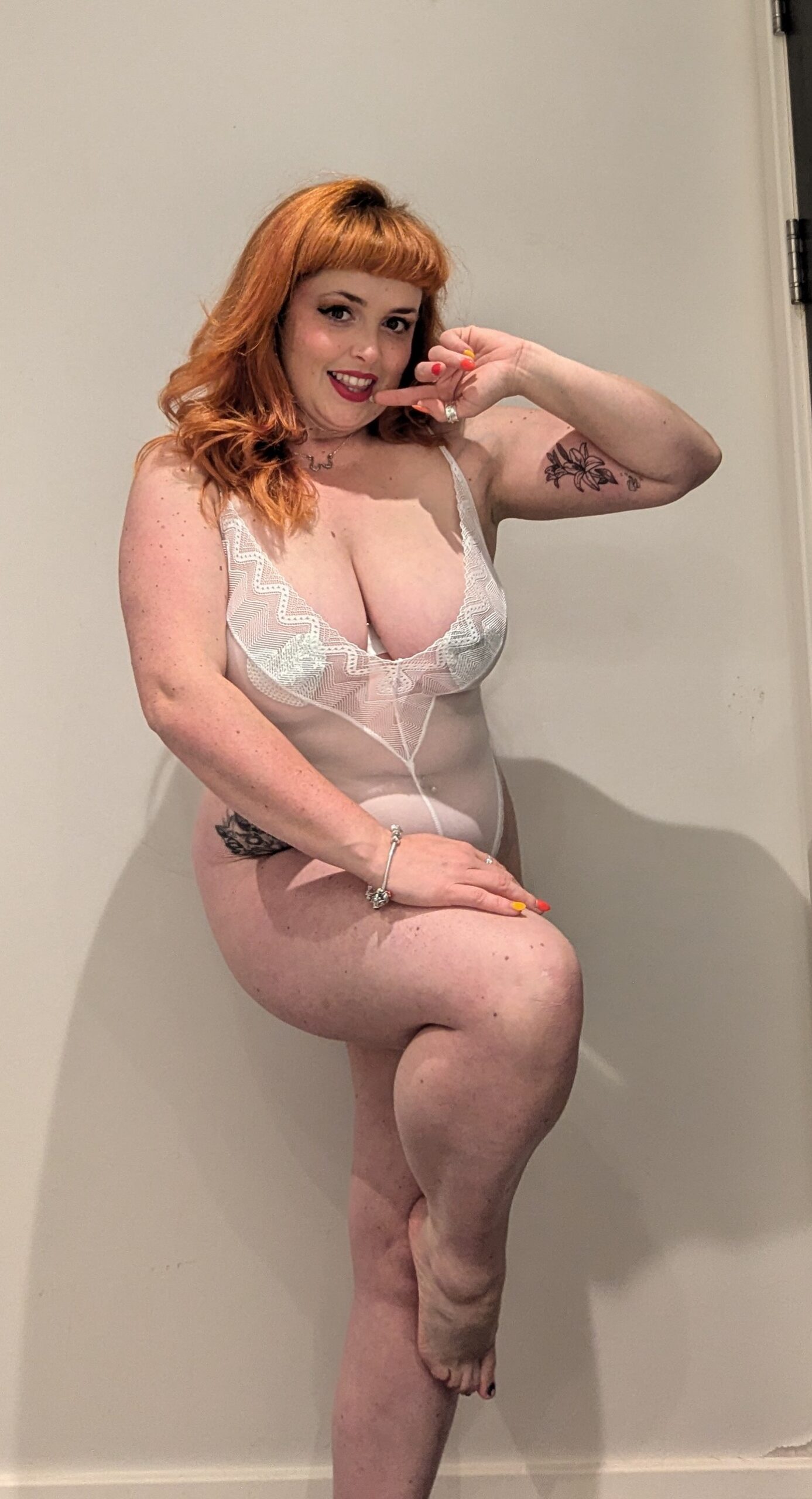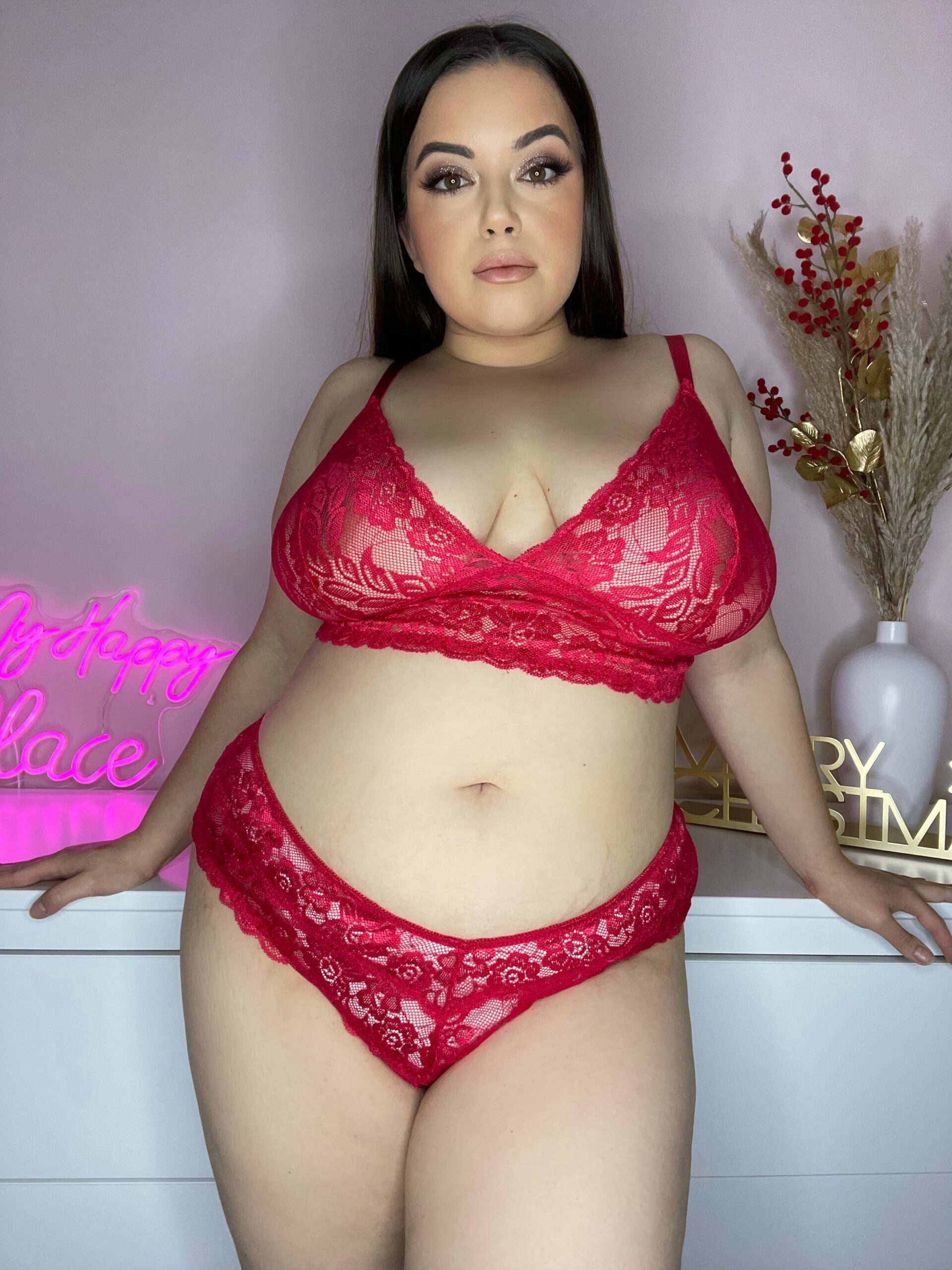Nonbinary Identities
Beyond the traditional categories of male and female, a diverse spectrum of nonbinary identities exists. Nonbinary individuals identify as neither exclusively male nor female, encompassing a wide range of experiences and expressions. From agender to bigender, genderfluid to demigirl or demiboy, these identities challenge conventional gender norms and celebrate the fluidity and complexity of human identity.
Agender
Agender is one such nonbinary identity. Individuals who identify as agender do not experience a sense of gender identity at all. They may feel no connection to male, female, or any other gender label. For some agender individuals, this lack of gender identity can be a core part of their being, while others may experience it as a fluctuating aspect of their identity.
It’s important to remember that nonbinary identities are incredibly diverse, and each individual’s experience is unique. Some people who identify as agender may use gender-neutral pronouns like they/them or other chosen pronouns. Others may prefer not to use any pronouns at all. Understanding and respecting an individual’s chosen pronouns and self-identified gender is crucial for creating a supportive and inclusive environment.
Overview
Bigender encompasses individuals who identify as two genders, which can be experienced simultaneously or fluctuate over time. This could mean identifying as both male and female, or as a combination of other genders. The experience of being bigender is highly personal and may manifest in various ways. Some bigender people might express their dual identities through clothing, appearance, or behavior, while others might primarily identify with one gender at certain times.
Genderfluid individuals experience shifts in their gender identity over time. Their sense of gender can fluctuate daily, weekly, or even seasonally, ranging across the gender spectrum. This fluidity might involve identifying as male, female, both, neither, or other genders, depending on their current experience. Genderfluidity is a testament to the dynamic and evolving nature of gender identity.
Demigirl and demiboy are identities that describe individuals who partially identify with one gender while also partially identifying as another gender or non-binary. Demigirls feel a partial connection to femininity, but not fully female, while demiboys partially identify as masculine but not fully male. These identities recognize the complexities of gender experiences and allow individuals to express their identities in a nuanced way.
Experiences and Expression
Beyond the traditional categories of male and female, a diverse spectrum of nonbinary identities exists. Nonbinary individuals identify as neither exclusively male nor female, encompassing a wide range of experiences and expressions. From agender to bigender, genderfluid to demigirl or demiboy, these identities challenge conventional gender norms and celebrate the fluidity and complexity of human identity.
- Agender is one such nonbinary identity. Individuals who identify as agender do not experience a sense of gender identity at all. They may feel no connection to male, female, or any other gender label.
- Bigender encompasses individuals who identify as two genders, which can be experienced simultaneously or fluctuate over time. This could mean identifying as both male and female, or as a combination of other genders.
- Genderfluid individuals experience shifts in their gender identity over time. Their sense of gender can fluctuate daily, weekly, or even seasonally, ranging across the gender spectrum.
- Demigirl and demiboy are identities that describe individuals who partially identify with one gender while also partially identifying as another gender or non-binary.
Bigender
Beyond the traditional categories of male and female, a diverse spectrum of nonbinary identities exists. Nonbinary individuals identify as neither exclusively male nor female, encompassing a wide range of experiences and expressions. From agender to bigender, genderfluid to demigirl or demiboy, these identities challenge conventional gender norms and celebrate the fluidity and complexity of human identity.
- Agender is one such nonbinary identity. Individuals who identify as agender do not experience a sense of gender identity at all. They may feel no connection to male, female, or any other gender label.
- Bigender encompasses individuals who identify as two genders, which can be experienced simultaneously or fluctuate over time. This could mean identifying as both male and female, or as a combination of other genders.
- Genderfluid individuals experience shifts in their gender identity over time. Their sense of gender can fluctuate daily, weekly, or even seasonally, ranging across the gender spectrum.
- Demigirl and demiboy are identities that describe individuals who partially identify with one gender while also partially identifying as another gender or non-binary.
Overview
Beyond the traditional categories of male and female, a diverse spectrum of nonbinary identities exists. Nonbinary individuals identify as neither exclusively male nor female, encompassing a wide range of experiences and expressions. From agender to bigender, genderfluid to demigirl or demiboy, these identities challenge conventional gender norms and celebrate the fluidity and complexity of human identity.
- Agender is one such nonbinary identity. Individuals who identify as agender do not experience a sense of gender identity at all. They may feel no connection to male, female, or any other gender label.
- Bigender encompasses individuals who identify as two genders, which can be experienced simultaneously or fluctuate over time. This could mean identifying as both male and female, or as a combination of other genders.
- Genderfluid individuals experience shifts in their gender identity over time. Their sense of gender can fluctuate daily, weekly, or even seasonally, ranging across the gender spectrum.
- Demigirl and demiboy are identities that describe individuals who partially identify with one gender while also partially identifying as another gender or non-binary.
Experiences and Expression
Beyond the traditional categories of male and female, a diverse spectrum of nonbinary identities exists. Nonbinary individuals identify as neither exclusively male nor female, encompassing a wide range of experiences and expressions. From agender to bigender, genderfluid to demigirl or demiboy, these identities challenge conventional gender norms and celebrate the fluidity and complexity of human identity.
- Agender is one such nonbinary identity. Individuals who identify as agender do not experience a sense of gender identity at all. They may feel no connection to male, female, or any other gender label.
- Bigender encompasses individuals who identify as two genders, which can be experienced simultaneously or fluctuate over time. This could mean identifying as both male and female, or as a combination of other genders.
- Genderfluid individuals experience shifts in their gender identity over time. Their sense of gender can fluctuate daily, weekly, or even seasonally, ranging across the gender spectrum.
- Demigirl and demiboy are identities that describe individuals who partially identify with one gender while also partially identifying as another gender or non-binary.
Genderfluid
Beyond the traditional categories of male and female, a diverse spectrum of nonbinary identities exists. Nonbinary individuals identify as neither exclusively male nor female, encompassing a wide range of experiences and expressions. From agender to bigender, genderfluid to demigirl or demiboy, these identities challenge conventional gender norms and celebrate the fluidity and complexity of human identity.
- Agender is one such nonbinary identity. Individuals who identify as agender do not experience a sense of gender identity at all. They may feel no connection to male, female, or any other gender label.
- Bigender encompasses individuals who identify as two genders, which can be experienced simultaneously or fluctuate over time. This could mean identifying as both male and female, or as a combination of other genders.
- Genderfluid individuals experience shifts in their gender identity over time. Their sense of gender can fluctuate daily, weekly, or even seasonally, ranging across the gender spectrum.
- Demigirl and demiboy are identities that describe individuals who partially identify with one gender while also partially identifying as another gender or non-binary.
Overview
Beyond the traditional categories of male and female, a diverse spectrum of nonbinary identities exists. Nonbinary individuals identify as neither exclusively male nor female, encompassing a wide range of experiences and expressions. From agender to bigender, genderfluid to demigirl or demiboy, these identities challenge conventional gender norms and celebrate the fluidity and complexity of human identity.
- Agender is one such nonbinary identity. Individuals who identify as agender do not experience a sense of gender identity at all. They may feel no connection to male, female, or any other gender label.
- Bigender encompasses individuals who identify as two genders, which can be experienced simultaneously or fluctuate over time. This could mean identifying as both male and female, or as a combination of other genders.
- Genderfluid individuals experience shifts in their gender identity over time. Their sense of gender can fluctuate daily, weekly, or even seasonally, ranging across the gender spectrum.
- Demigirl and demiboy are identities that describe individuals who partially identify with one gender while also partially identifying as another gender or non-binary.
Experiences and Expression
Beyond the traditional categories of male and female, a diverse spectrum of nonbinary identities exists. Nonbinary individuals identify as neither exclusively male nor female, encompassing a wide range of experiences and expressions. From agender to bigender, genderfluid to demigirl or demiboy, these identities challenge conventional gender norms and celebrate the fluidity and complexity of human identity.
- Agender is one such nonbinary identity. Individuals who identify as agender do not experience a sense of gender identity at all. They may feel no connection to male, female, or any other gender label.
- Bigender encompasses individuals who identify as two genders, which can be experienced simultaneously or fluctuate over time. This could mean identifying as both male and female, or as a combination of other genders.
- Genderfluid individuals experience shifts in their gender identity over time. Their sense of gender can fluctuate daily, weekly, or even seasonally, ranging across the gender spectrum.
- Demigirl and demiboy are identities that describe individuals who partially identify with one gender while also partially identifying as another gender or non-binary.
Demigender
Beyond the traditional categories of male and female, a diverse spectrum of nonbinary identities exists. Nonbinary individuals identify as neither exclusively male nor female, encompassing a wide range of experiences and expressions. From agender to bigender, genderfluid to demigirl or demiboy, these identities challenge conventional gender norms and celebrate the fluidity and complexity of human identity.
Agender is one such nonbinary identity. Individuals who identify as agender do not experience a sense of gender identity at all. They may feel no connection to male, female, or any other gender label.
Bigender encompasses individuals who identify as two genders, which can be experienced simultaneously or fluctuate over time. This could mean identifying as both male and female, or as a combination of other genders. The experience of being bigender is highly personal and may manifest in various ways. Some bigender people might express their dual identities through clothing, appearance, or behavior, while others might primarily identify with one gender at certain times.
Genderfluid individuals experience shifts in their gender identity over time. Their sense of gender can fluctuate daily, weekly, or even seasonally, ranging across the gender spectrum. This fluidity might involve identifying as male, female, both, neither, or other genders, depending on their current experience. Genderfluidity is a testament to the dynamic and evolving nature of gender identity.
Demigirl and demiboy are identities that describe individuals who partially identify with one gender while also partially identifying as another gender or non-binary. Demigirls feel a partial connection to femininity, but not fully female, while demiboys partially identify as masculine but not fully male. These identities recognize the complexities of gender experiences and allow individuals to express their identities in a nuanced way.
Overview
Beyond the traditional categories of male and female, a diverse spectrum of nonbinary identities exists. Nonbinary individuals identify as neither exclusively male nor female, encompassing a wide range of experiences and expressions. From agender to bigender, genderfluid to demigirl or demiboy, these identities challenge conventional gender norms and celebrate the fluidity and complexity of human identity.
Agender is one such nonbinary identity. Individuals who identify as agender do not experience a sense of gender identity at all. They may feel no connection to male, female, or any other gender label.
Bigender encompasses individuals who identify as two genders, which can be experienced simultaneously or fluctuate over time. This could mean identifying as both male and female, or as a combination of other genders. The experience of being bigender is highly personal and may manifest in various ways. Some bigender people might express their dual identities through clothing, appearance, or behavior, while others might primarily identify with one gender at certain times.
Genderfluid individuals experience shifts in their gender identity over time. Their sense of gender can fluctuate daily, weekly, or even seasonally, ranging across the gender spectrum. This fluidity might involve identifying as male, female, both, neither, or other genders, depending on their current experience. Genderfluidity is a testament to the dynamic and evolving nature of gender identity.

Demigirl and demiboy are identities that describe individuals who partially identify with one gender while also partially identifying as another gender or non-binary. Demigirls feel a partial connection to femininity, but not fully female, while demiboys partially identify as masculine but not fully male. These identities recognize the complexities of gender experiences and allow individuals to express their identities in a nuanced way.
Experiences and Expression
Beyond the traditional categories of male and female, a diverse spectrum of nonbinary identities exists. Nonbinary individuals identify as neither exclusively male nor female, encompassing a wide range of experiences and expressions. From agender to bigender, genderfluid to demigirl or demiboy, these identities challenge conventional gender norms and celebrate the fluidity and complexity of human identity.
Agender is one such nonbinary identity. Individuals who identify as agender do not experience a sense of gender identity at all. They may feel no connection to male, female, or any other gender label.
Bigender encompasses individuals who identify as two genders, which can be experienced simultaneously or fluctuate over time. This could mean identifying as both male and female, or as a combination of other genders. The experience of being bigender is highly personal and may manifest in various ways. Some bigender people might express their dual identities through clothing, appearance, or behavior, while others might primarily identify with one gender at certain times.
Genderfluid individuals experience shifts in their gender identity over time. Their sense of gender can fluctuate daily, weekly, or even seasonally, ranging across the gender spectrum. This fluidity might involve identifying as male, female, both, neither, or other genders, depending on their current experience. Genderfluidity is a testament to the dynamic and evolving nature of gender identity.
Demigirl and demiboy are identities that describe individuals who partially identify with one gender while also partially identifying as another gender or non-binary. Demigirls feel a partial connection to femininity, but not fully female, while demiboys partially identify as masculine but not fully male. These identities recognize the complexities of gender experiences and allow individuals to express their identities in a nuanced way.
Other Nonbinary Identities
Beyond the traditional categories of male and female, a diverse spectrum of nonbinary identities exists. Nonbinary individuals identify as neither exclusively male nor female, encompassing a wide range of experiences and expressions. From agender to bigender, genderfluid to demigirl or demiboy, these identities challenge conventional gender norms and celebrate the fluidity and complexity of human identity.
- Agender is one such nonbinary identity. Individuals who identify as agender do not experience a sense of gender identity at all. They may feel no connection to male, female, or any other gender label.
- Bigender encompasses individuals who identify as two genders, which can be experienced simultaneously or fluctuate over time. This could mean identifying as both male and female, or as a combination of other genders.
- Genderfluid individuals experience shifts in their gender identity over time. Their sense of gender can fluctuate daily, weekly, or even seasonally, ranging across the gender spectrum.
- Demigirl and demiboy are identities that describe individuals who partially identify with one gender while also partially identifying as another gender or non-binary.
Third Gender Identities
Beyond the traditional categories of male and female, a diverse spectrum of nonbinary identities exists. Nonbinary individuals identify as neither exclusively male nor female, encompassing a wide range of experiences and expressions. From agender to bigender, genderfluid to demigirl or demiboy, these identities challenge conventional gender norms and celebrate the fluidity and complexity of human identity.
- Agender is one such nonbinary identity. Individuals who identify as agender do not experience a sense of gender identity at all. They may feel no connection to male, female, or any other gender label.
- Bigender encompasses individuals who identify as two genders, which can be experienced simultaneously or fluctuate over time. This could mean identifying as both male and female, or as a combination of other genders.
- Genderfluid individuals experience shifts in their gender identity over time. Their sense of gender can fluctuate daily, weekly, or even seasonally, ranging across the gender spectrum.
- Demigirl and demiboy are identities that describe individuals who partially identify with one gender while also partially identifying as another gender or non-binary.
Genderqueer
Beyond the traditional categories of male and female, a diverse spectrum of nonbinary identities exists. Nonbinary individuals identify as neither exclusively male nor female, encompassing a wide range of experiences and expressions. From agender to bigender, genderfluid to demigirl or demiboy, these identities challenge conventional gender norms and celebrate the fluidity and complexity of human identity.
Agender is one such nonbinary identity. Individuals who identify as agender do not experience a sense of gender identity at all. They may feel no connection to male, female, or any other gender label. Bigender encompasses individuals who identify as two genders, which can be experienced simultaneously or fluctuate over time. This could mean identifying as both male and female, or as a combination of other genders. The experience of being bigender is highly personal and may manifest in various ways. Some bigender people might express their dual identities through clothing, appearance, or behavior, while others might primarily identify with one gender at certain times.
Genderfluid individuals experience shifts in their gender identity over time. Their sense of gender can fluctuate daily, weekly, or even seasonally, ranging across the gender spectrum. This fluidity might involve identifying as male, female, both, neither, or other genders, depending on their current experience. Genderfluidity is a testament to the dynamic and evolving nature of gender identity.
Demigirl and demiboy are identities that describe individuals who partially identify with one gender while also partially identifying as another gender or non-binary. Demigirls feel a partial connection to femininity, but not fully female, while demiboys partially identify as masculine but not fully male. These identities recognize the complexities of gender experiences and allow individuals to express their identities in a nuanced way.
Polygender
Place in the Gender Spectrum
Beyond the traditional categories of male and female, a diverse spectrum of nonbinary identities exists. Nonbinary individuals identify as neither exclusively male nor female, encompassing a wide range of experiences and expressions. From agender to bigender, genderfluid to demigirl or demiboy, these identities challenge conventional gender norms and celebrate the fluidity and complexity of human identity.
Understanding the Spectrum

Beyond the traditional categories of male and female, a diverse spectrum of nonbinary identities exists. Nonbinary individuals identify as neither exclusively male nor female, encompassing a wide range of experiences and expressions. From agender to bigender, genderfluid to demigirl or demiboy, these identities challenge conventional gender norms and celebrate the fluidity and complexity of human identity.
- Agender is one such nonbinary identity. Individuals who identify as agender do not experience a sense of gender identity at all. They may feel no connection to male, female, or any other gender label.
- Bigender encompasses individuals who identify as two genders, which can be experienced simultaneously or fluctuate over time. This could mean identifying as both male and female, or as a combination of other genders.
- Genderfluid individuals experience shifts in their gender identity over time. Their sense of gender can fluctuate daily, weekly, or even seasonally, ranging across the gender spectrum.
- Demigirl and demiboy are identities that describe individuals who partially identify with one gender while also partially identifying as another gender or non-binary.
Beyond the Binary
The provided text gives a clear overview of various nonbinary identities, explaining each with concise definitions and examples. Here’s a summary of the key points:
**Core Concepts:**
* **Nonbinary:** An umbrella term for gender identities that fall outside the traditional binary categories of male and female.
* **Fluidity:** Many nonbinary identities are fluid, meaning they change over time or vary in intensity depending on context.
**Specific Identities:**
* **Agender:** Individuals who do not identify with any gender. They may feel no connection to male, female, or any other gender label.
* **Bigender:** People who identify as two genders, which can be experienced simultaneously or fluctuate over time.
* This could involve identifying as both male and female, or as a combination of other genders.
* **Genderfluid:** Individuals whose gender identity shifts over time.
* Their sense of gender can change daily, weekly, seasonally, or in response to different situations. They might identify as male, female, both, neither, or other genders depending on the context.
* **Demigirl:** A person who partially identifies as female but not fully. They may also identify with other genders.
* It recognizes that a person’s gender identity can exist on a spectrum.
* **Demiboy:** A person who partially identifies as male but not fully. They may also identify with other genders.
**Important Considerations:**
* **Respect for Pronouns and Self-Identification:** Always use the pronouns that an individual identifies with, and respect their chosen gender label.
* **Diversity:** There is a wide range of experiences within each nonbinary identity. What one person’s experience may be like could differ greatly from another’s.
Embracing Diversity
This article provides a good basic overview of several non-binary identities. Here are some suggestions for improvement:
**Expand on Nuances:**
* **Beyond the Binary:** While you touch upon the fluidity and diversity of non-binary experiences, consider delving deeper into the spectrum of gender identities beyond the examples provided. Mentioning identities like genderqueer, polygender, and intersex would broaden the understanding of non-binary identities.
* **Terminology & Definitions:**
While definitions are helpful, explore the meanings behind key terms like “gender expression,” “gender identity,” and “cisgender” to provide readers with a more comprehensive understanding of the concepts discussed.
**Inclusivity and Representation:**
* **Real People’s Stories:** Incorporating personal stories or anecdotes from non-binary individuals would add depth and authenticity to the article, making it more relatable and impactful for readers.
* **Intersectionality:** Recognize that gender identity intersects with other aspects of a person’s identity, such as race, ethnicity, sexual orientation, disability, and socioeconomic status. Acknowledge how these intersections shape experiences.
**Addressing Challenges:**
* **Misconceptions and Stigma:** Discuss the challenges faced by non-binary individuals, including discrimination, prejudice, and lack of understanding from society. Offer strategies for allies to support the LGBTQ+ community.
* **Resources:** Provide links to organizations and resources that offer support, information, and advocacy for non-binary individuals.
**Additional Tips:**
* **Visuals:** Using images or illustrations can make the article more engaging and accessible to readers.
* **Tone:** Maintain a respectful, informative, and inclusive tone throughout the article.
Remember, creating a comprehensive and sensitive representation of non-binary identities is an ongoing process. By continually learning, listening, and amplifying marginalized voices, we can work towards greater understanding and acceptance.
Buy condoms that fit your personal needs
Shop for assorted condom packs for variety and protection
Get ultra-thin condoms for ultimate security and comfort
Order ribbed warming condoms for the best feeling
Buy flavoured, coloured, and novelty condoms for extra pleasure
Explore natural and regular items for ultimate reliability
Buy Control Condoms for longer-lasting fun
Buy Safe and Strong for ultimate peace of mind
- Who Shouldn’t Get Lip Fillers? - November 8, 2025
- What Is Sexual Liberation And How Does It Challenge Conventional Relationships? - November 6, 2025
- Weed Infused Beverages That Won’t Break The Bank - November 3, 2025

